What makes artist Susana Solano a master?
ho
We review the essential takeaways of the tribute paid to the artist Susana Solano on December 3rd in the framework of Masters. The FAD Chain”
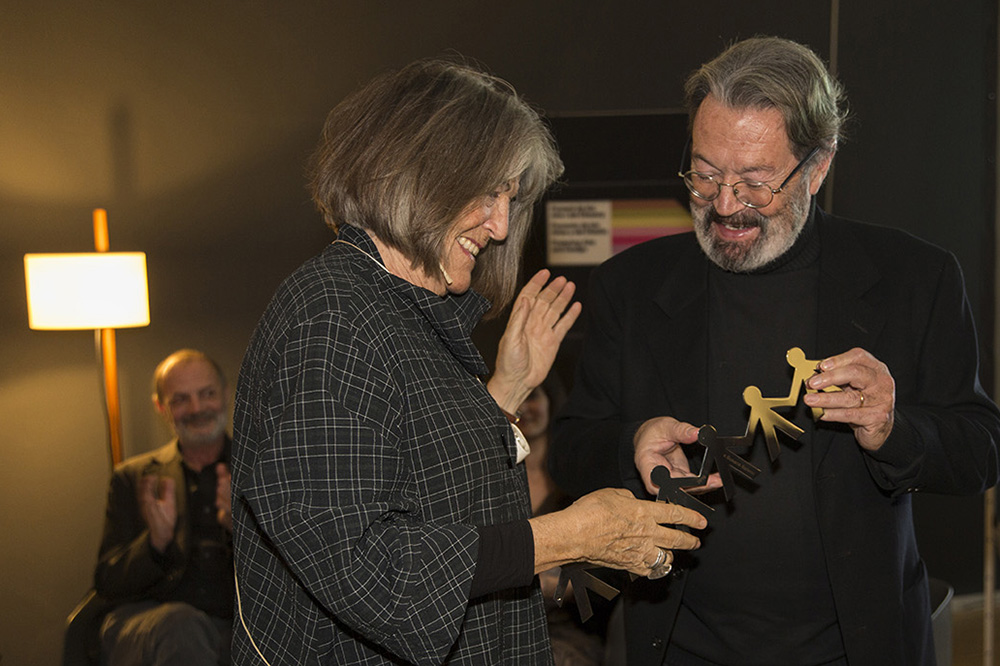
Year after year, within the project “Masters. The FAD Chain”, we pay homage to a professional who, throughout his career, has managed to leave their mark on the world and the culture of design, architecture and the arts in general. This year, the tribute has been awarded to the renowned artist Susana Solano, and her mastering was evident in a moving act full of friends, colleagues and professionals of the arts and design world who wanted to accompany the artist and celebrate her work and legacy.
The tribute, curated by the architect Marta Llorente, had two parts. In the first part, the attendees received the artist in the framework of a small exhibition of her work that included sculptures of large and small format and two pieces of video art. In addition, the reception featured the performance of the choreographer Cesc Gelabert, who danced a piece inspired by the artist’s work around the pieces on show and the entire audience. The second part was a dialogue with the artist led by Llorente, with the participation of the writer Pedro Zarraluqui, the artist Carlos Velilla and the architects Carme Pinós, Manuel Brullet and Marta Serra. In this article we collect the keys of this touching conversation, reproducing some snippets of text that were recited during the event.
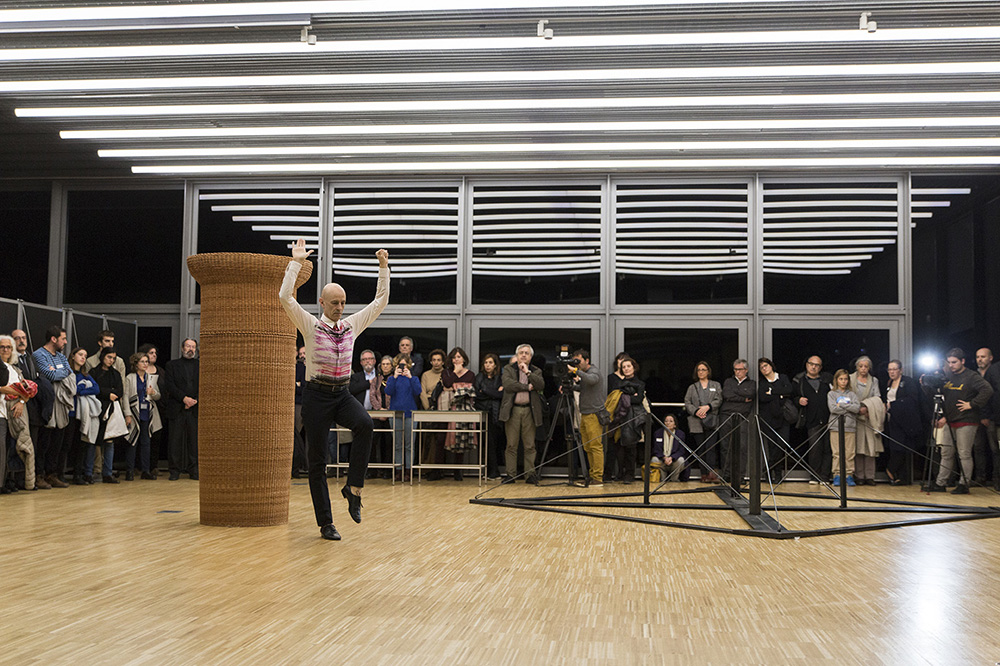
Not only a great artist, but a great person
The first part of the conversation was articulated around the artist’s most personal dimension, with the writer Pedro Zarraluqui remembering his text With Susana Solano and assuring that knowing the artist in privacy is a luxury and that in order to really know someone, you have to see them cook: “Seeing someone cooking is one of the best ways to spy on them. In the case of this woman it is almost a sin of indiscretion. When she moves her hands to crack an egg or to salt a steak she seems to be looking for signs of something. Her attention is so intense that it leads us to believe, deceitfully, that she is thinking about something else. She is actually dismembering what she observes.”
Regarding this text, Solano did not hesitate to compare the activity of cooking with her artistic activity, giving more importance, playfully, to the kitchen: “Cooking is alchemy, such as art, although it is often better to make a good meal than a good work”.
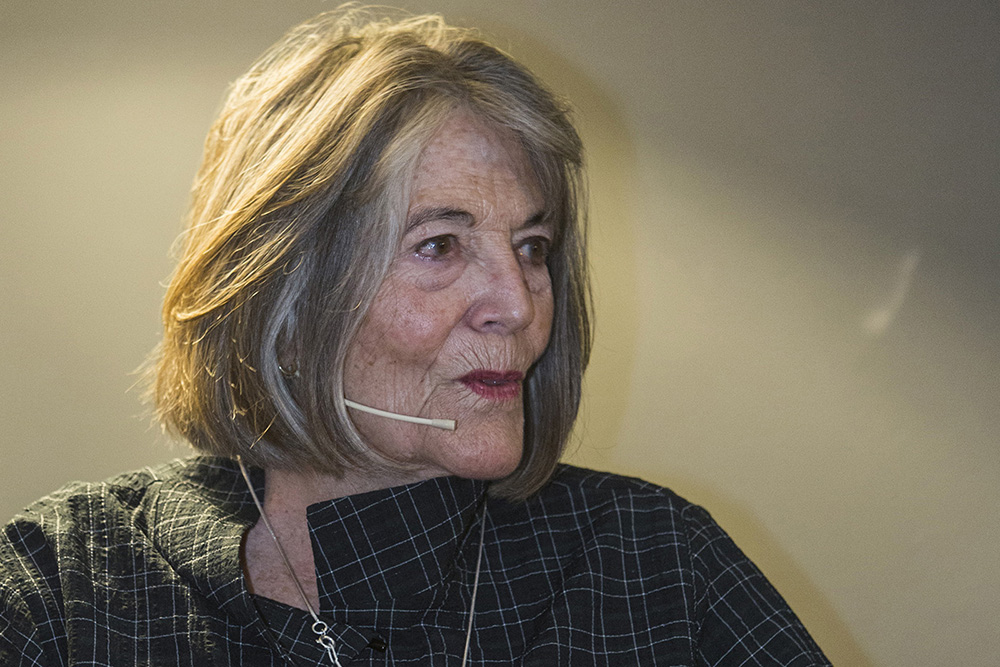
A different look
Zarraluqui also remembered the pleasure of walking with the artist and listening to her not only describing things but above all paying attention to details that otherwise would have gone unnoticed: “Susana looks at things very well.”
The ability to see things that others do not see is perhaps one of the traits that make Susana Solano an artist with a special sensibility and a work with a very specific narrative that Teresa Blanch defines as “a hardcore female look full of disgust and of silences, of rebellion and lacerating sensuality”.
Regarding her way of observing her surroundings, the artist also emphasized the importance of relaxed observation, a mental state that favours the ability to be surprised by things.
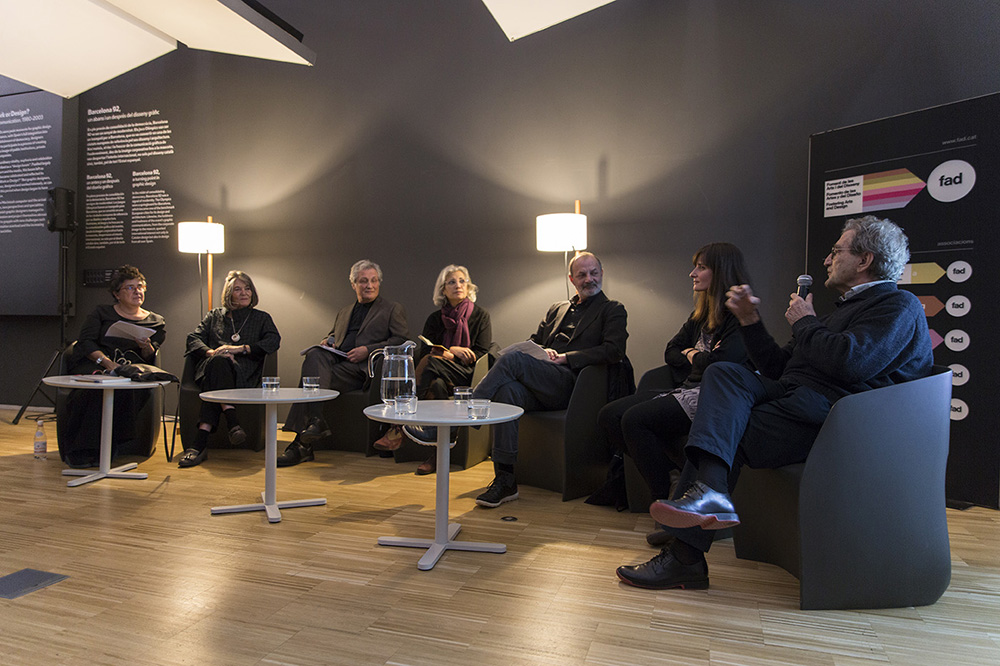
The materialization of the everyday act
This different gaze on her daily environment has led the artist to create pieces from objects and gestures that she has been able to equip with new dimensions and has also applied to her way of writing, as architect Carme Pinós remarked: “When I was preparing for this homage, I was reviewing catalogues with her writings and it was a pleasure to reread them. Each phrase, like every piece, is a blow. I remember how I went to Africa to meet her: her vitality overwhelmed me. Living with her in those days was an inspiration, she’s like a spring of water, and above all, I admire how she is able to transform small everyday gestures into pure essential works such as Tell me, tell me, my dear.
“Susana Solano transfers to her work the breathing of the things of life that are also part of her own inquiring existence regarding the fundamental problems of the human condition in a galaxy like the one we live in, in which noise and speed leave little margin for introspection “
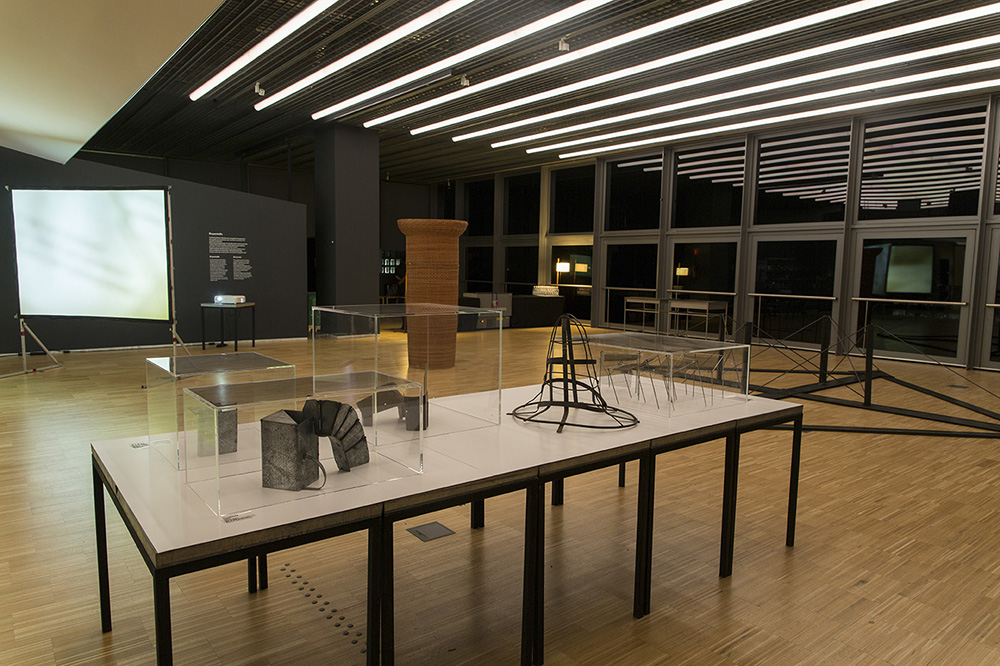
Travel as a source of inspiration
Despite her ability to see small everyday objects or gestures from a special point of view, trips have played an essential role in stimulating Susana Solano’s ability to look at things differently, as the artist Carlos Velilla recalled: “Ever since I know Susana Solano, I’ve heard her tell stories about the most diverse trips to Africa and Asia, Indonesia, India, Ethiopia… This form of tourism is neither neo-colonial nor charitable, as people might think. There are no, to begin with, luxury hotels everywhere and what she is looking for is, far from the models of life that have been sold to us as superior, precisely what is not known or which is simply more elementary. And also art, anthropology, and why not say it, essential truths (“when I travel, I belong to nature” the artist wrote). In short, an opportunity is given to the ways of understanding life that arrogant ignorance despises.”
The artist acknowledged the relevance of her trips to Africa, her family and her need to create as her pillars in life.
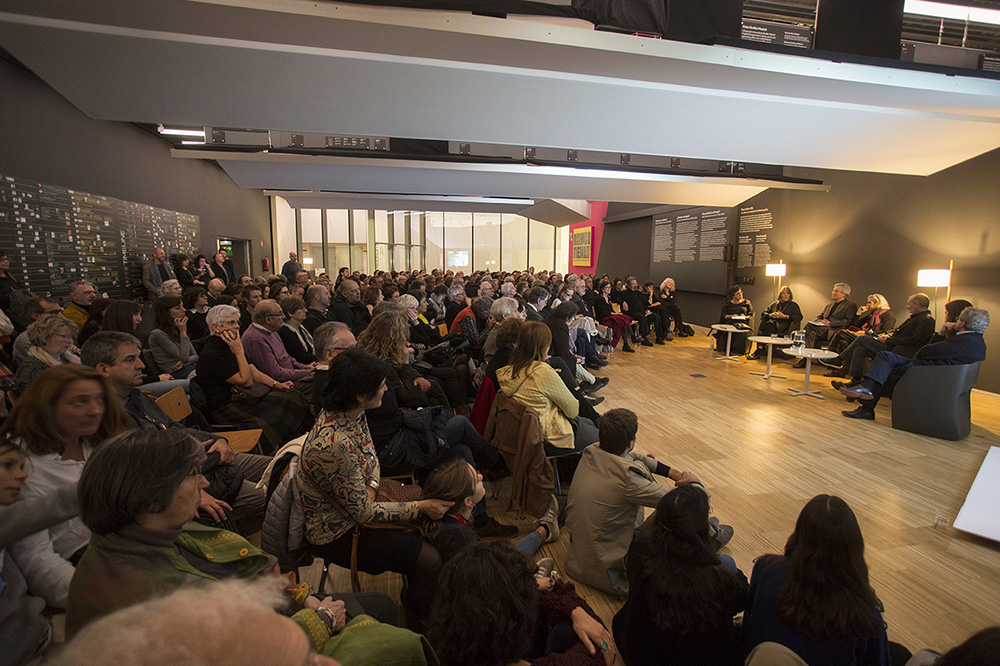
The enigma of the creative act
One of the most revealing reflections of Susana Solano during the tribute was driven by a question from the architect Manuel Brullet about her sensation in creating: “The creative act for me is an enigma. With this tribute, I have made a look back and I am scared to see everything I have done. When I work I lose consciousness and my hands and creativity flow. Works seem to have their own lives, and I never know what happens to them.”
Previously, the artist had already written about this sensation of strangeness: “The work no longer belongs to me and it surprises me because it resembles itself. I have only been an instrument, perhaps a shadow, of collective memory. Any attempt to explain it is anecdotal, and the greatest anecdote is me speaking or writing about it. Nevertheless, art is another thing, that is its glory, in a world increasingly full of pacts, norms, methods, bureaucracies, truths, reasons… and all its opposites.”
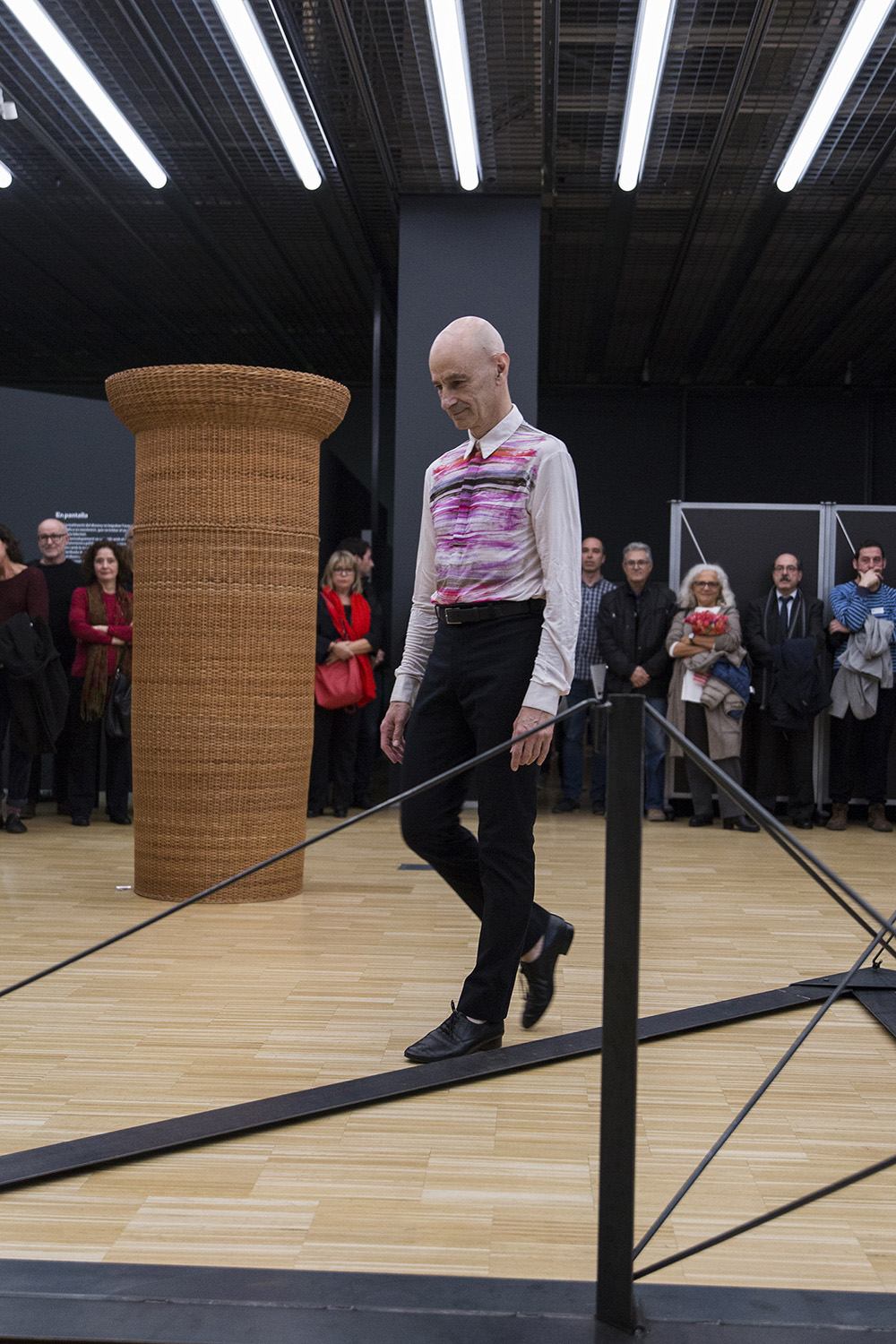
The spaces of production
The architect Marta Serra, in her speech, was interested precisely in the spaces of production of the creator, spaces that Susana Solano considered essential for her work “For me, the relationship with space is constant. There are actions that are never recorded. Sometimes you have space but you do not have a commission, but you can not stop working. Then, space is fictitious. On other occasions, they offer you space and invite you to work there. This is much more easy for me because it offers me a kind of set design, something that I can create myself, but that definitely has an impact on my works.”
The production spaces also influence the scale of the pieces and consequently, the exhibition spaces that can accommodate them. In this regard, Marta Llorente shared with the public the following reflection: “In reality, the works of Susana Solano have denoted in many moments this search for the different positions that rebuild the contemporary place of art and sculpture. Her works have been built on many different scales, with reference to the measure of our body and to the commonly inhabited spaces, the house and the museum. And objects have also been built to occupy the spaces of the city, in dialogue with public space, landscape and nature. We see, in reality, a series of objects that cascade celebrating the intimate dimension, the proximity of the hand, the distance of the gaze, the presence of the civic and city space and the infinity of nature.”
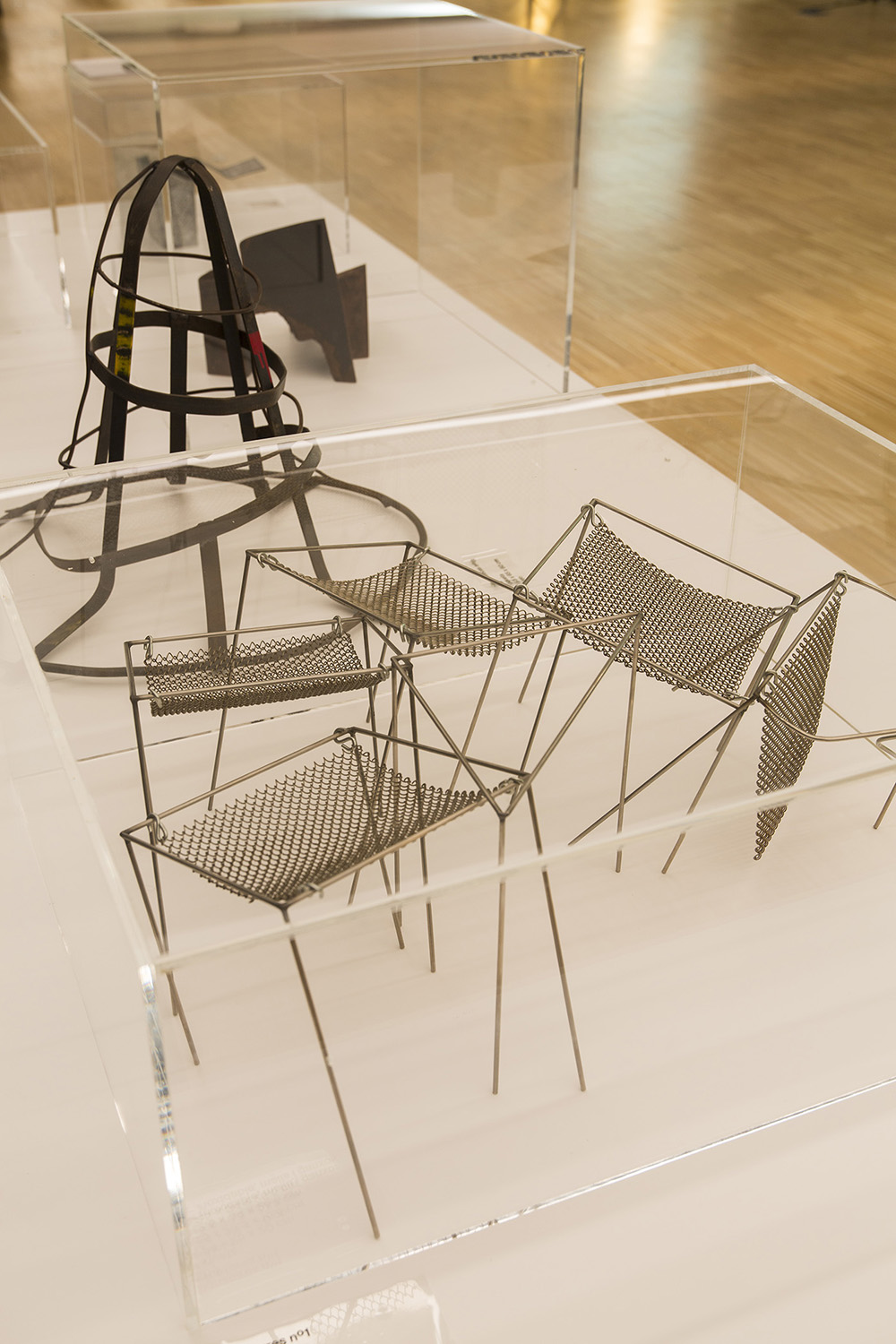
The role of memory and time
Inquired by Pedro Zarraluqui about the position that occupies the space of memory, the artist said: “Works are born of an undefined thought, the need to find meaning to what is often played without logic and that suddenly wants to move to other places, the result of the questioned thought […] Through art I have been able to overcome fears and anxieties. In the beginning, what you do is to work with your ghosts.”
This aspect is also a topic that her work reveals and has been recognized by critics, as this fragment shared by Marta Llorente shows: “The artist conceives sculpture and art as a kind of active and often painful journey through time (life), as a task with the memory that revives its irregular flashes in order to calm the fears of so many present and gone without any explanation.”
Another defining feature of the works of Susana Solano is the reading time that she infers to the viewer. As Jean-Marc Poinsot identified in an essay on the artist: “Susana Solano’s sculptures demand a time of adaptation that spectacular practices have made us forget about. This delay in the understanding forced by the materials, the titles, the proportions, the formal codes is at the same time the content and the organization of her story, but for an artist who does not want to tell stories this delay is the time that we have to take to begin to see.”

Tips for young artists
After this look back, Marta Serra proposed a look towards the future, asking Susana Solano for her advice for young artists. Solano recalled that when she was young a gallery owner told her that if she wanted to cross the Pyrenees, she should not only do work but pay for it. The artist also advised youngsters to work on a small scale, since works in large format are expensive to exhibit, transport and store.
Author: Sol Polo